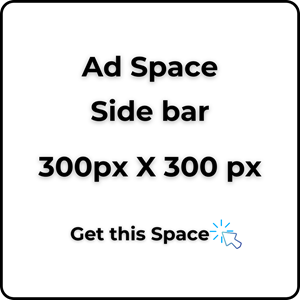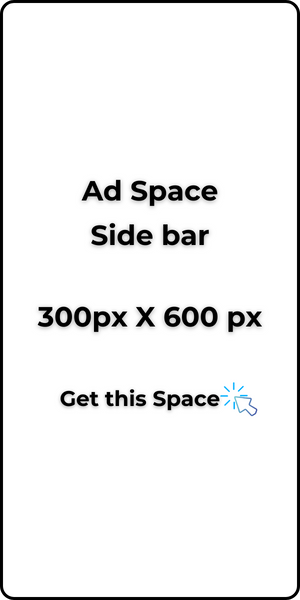Welcome to the new year. In this blog post, I will be sharing tips on why you should buy more than 1 plot of land in 2024 and beyond.
The standard measurement for a plot of land, according to the Nigerian National Building Code is
- 486sqm for high-density zones.
- 864sqm for medium-density areas.
- 1184sqm for low-density areas.
Wondering what density means? The density area is explained as follows;
- A low density is an area with a small population. This includes the high-brow areas you know. They usually have large lawns and green areas surrounding the building.
- A medium density is an area with an average population.
- A high density is an area with a large population. This area includes the outskirts of towns and slums.
When buying lands around such designated areas, there are already existing and standardized mapped-out land mass per metrics.
In recent times, the standard plot of land you will find for sale is 450 sqm at 15 m x 30 m (in meters), which is 50 ft x 100 ft (in feet).
Read also The Nigerian Abroad: Building Your Dream Home Without Tears.
A standard 4-bedroom bungalow occupies approximately 250 sqm at let’s say 10 m x 25 m (in meters), which is 33 ft x 82 ft (in feet) of the plot, leaving 200 sqm.
The local planning authority requires your Architect/Designer to offset 3 m (10 ft) from the fence line on all sides of the plot, and 6 m (20 ft) from the approach fence.
These offsets are regarded as setbacks. Whatever is left is your buildable area. In most cases, you will have barely 240 sqm left. That is the area your building will enter.
When choosing to buy land, buy a land size above the standard 1 plot of 450 sqm, even if it is by an extra half of it. Here is my argument.
If you buy anything less than that, you are more likely to have issues with getting building approval from the local planning authority.
You can decide to bypass this process and continue your building construction, but the challenges will be more for you. From dealing with local groups that can halt your construction, to carting away your tools and building materials, to paying fines and dues for which you will pay tooth and nail throughout the construction period from backhand settlements.
You can also use more of your vertical spaces (more than 1 floor) but remember that due to the length and width measurement of your building size, you cannot safely go beyond ground plus two or three floors above.
The reason is that your building is slender in height and the higher you go, the more you expose your building to wind action which can result in a building collapse.
Your designer may choose to use 1.8 m (6 ft) setbacks instead of the approved 3m, or even attach your building to one of the fence walls to utilize the space for you. Perhaps you do not understand what those setbacks are for.
It’s not just for you to walk around your building. It’s the minimum space required for wind to enter the compound and find its way through windows around your building. When you reduce these setbacks, you reduce adequate natural ventilation for yourself.
It’s also a safety measure for a fire outbreak between you and your neighbour’s property.

It is also important to bear in mind that your plot should help provide you with the barest minimum space to provide basic amenities for you.
Read Windows and Window Burglary Proof in Residential Buildings.
The current surge in food prices should make you desire food supply alternatives. You cannot do this effectively if you have anything less than 450 sqm of land.
In your list of resolutions for 2024, consider adding a kitchen garden. Just imagine it. The satisfaction of going outside and hand-picking fresh produce for dinner. Kitchen gardening offers you a lot more than just delicious, healthy, and homegrown produce.
It’s also budget-friendly, you don’t need a vast land for it (sack planting is a lot of stress), saves you from a lot of health hazards caused by food/fruit sellers who use substances to ripen some produce, increases the oxygen supply around you from the green plants, and it also saves the planet.
If you already coated all your compound with concrete, you can still do this. Just offset 1m (3.2 ft) – 1.2m (4 ft) from around your building to serve as a walkway and break up the remaining area. Use kerbs to separate the walkway from the planting area.
You can also contact us by sending a WhatsApp message here to help you plan it out.
Prepare the planting area. Get local manure from people who rear animals or even source waste products from fruit and vegetable sellers in the market near you.
To get started, start small, don’t overwhelm yourself. Start with the local vegetables like fluted pumpkin, spinach, lettuce, curry, scent leave (nchuawu), ginger, turmeric, pepper, and one or two stems of banana/plantain.
If you already have an outdoor tap for water, you can buy a hose, depending on the distance from the tap to your garden.
As you continue, you can practice shifting cultivation to help your land heal and increase its nutrients. You can also add cages for livestock rearing such as chicken, snail, and fish.
I hope I have given you reasons on why you should buy more than 1 plot of land.





